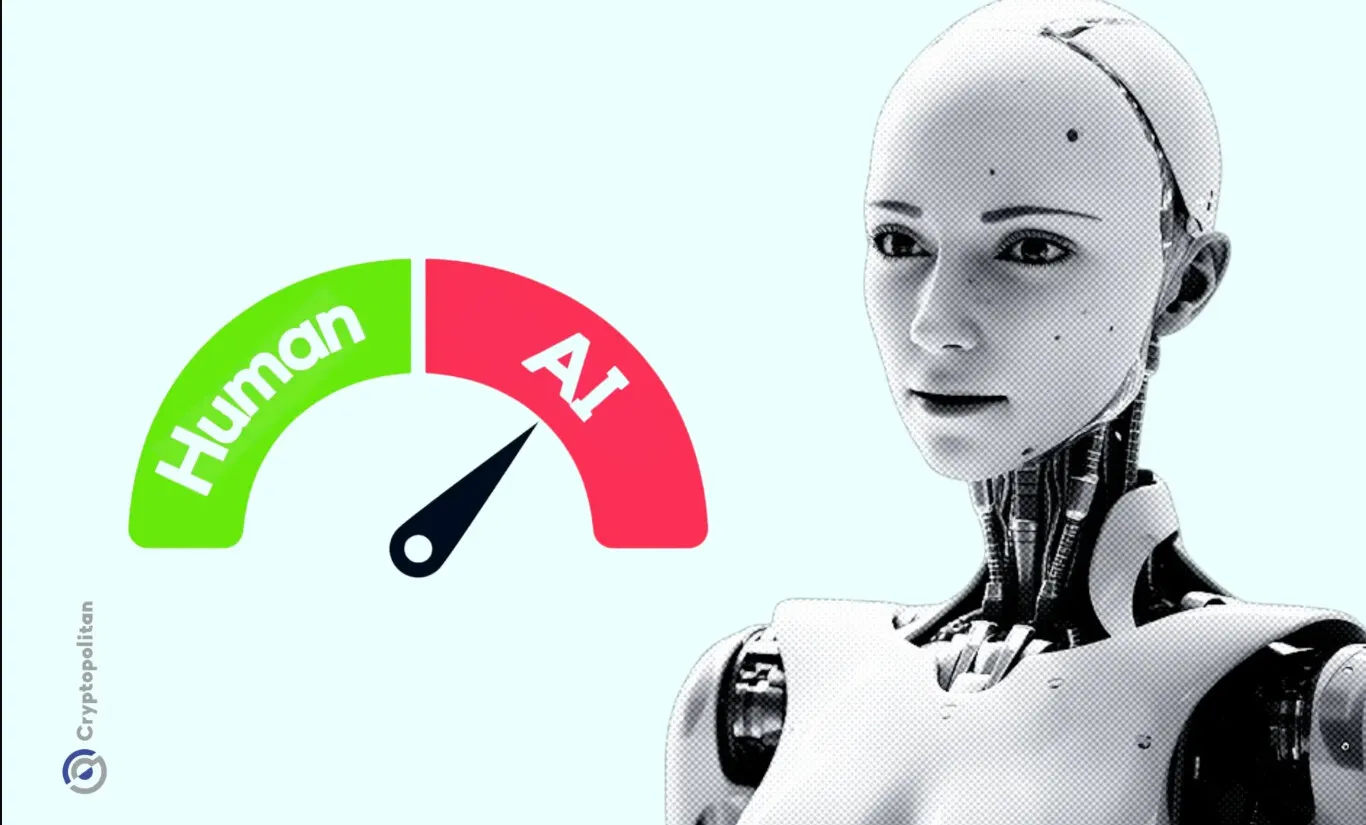A recent study has shed light on a critical gap in the educational sector: less than half of the top 50 universities have established public guidelines for using generative AI (GAI) tools in academic settings. This finding, emerging from research conducted by Assistant Professor Benjamin Moorehouse and his team, highlights the pressing need for institutional direction in the face of AI’s growing influence in higher education.
The AI problem in higher education
The study, published in Computers and Education Open, evaluated universities based on their standings in the Times Higher Education’s 2023 World University Rankings. It discovered that only 23 of these leading institutions have clear, publicly available policies for using GAI tools in assessments. This situation presents a multifaceted challenge for educators and students alike. Without definitive guidelines, instructors may resort to a defensive approach, increasing in-class assessments and experiencing frustration due to the absence of institutional support. This lack of clarity also impacts students, who increasingly use AI tools in their coursework.
The introduction of technologies like ChatGPT has revolutionized the academic landscape. These tools, having become nearly ubiquitous since their debut, pose opportunities and challenges for traditional educational paradigms. The study underscores the importance of establishing clear policies to maintain academic integrity and minimize misconduct, given the transformative potential of these technologies.
Awaiting clarity: The institutional stance
The reluctance of universities to establish firm guidelines on AI usage in academia raises questions. Dr. Moorehouse suggests that some institutions might adopt a “wait and see” approach. The hesitation to be pioneers in setting these guidelines is partly attributed to the uncertainty about the full impact of GAI on academic processes. Furthermore, there is a notable trend of universities developing internal policies but refraining from publicizing them. This could stem from concerns about revealing sensitive information related to assessment design and AI detection strategies.
This situation has placed faculty members in a precarious position as they navigate the use of AI in education without clear institutional directives. The study calls attention to the imperative need for transparency in policy-making and the cultivation of AI literacy among educators.
Towards an AI-literate academic future
The rapid integration of AI in education necessitates a proactive approach from universities. As the study suggests, developing clear, public guidelines is crucial for helping instructors and students navigate the new landscape shaped by AI tools. This involves not just policy-making but also fostering an environment where educators are equipped with the necessary skills to adapt to these technological advancements.
The future of higher education, amidst the proliferation of AI, hinges on how well institutions can balance the benefits of these tools with the integrity of academic processes. The study by Dr. Moorehouse and his team catalyzes this much-needed conversation, urging universities to take definitive steps toward an AI-literate academic framework.
The findings of this study are a wake-up call for the academic world. As AI continues to reshape various facets of education, the need for clear, comprehensive, and publicly available guidelines has never been more critical. It’s a call for educational institutions to embrace the technological revolution and lead it with well-defined policies and a commitment to upholding academic excellence in the AI era.





